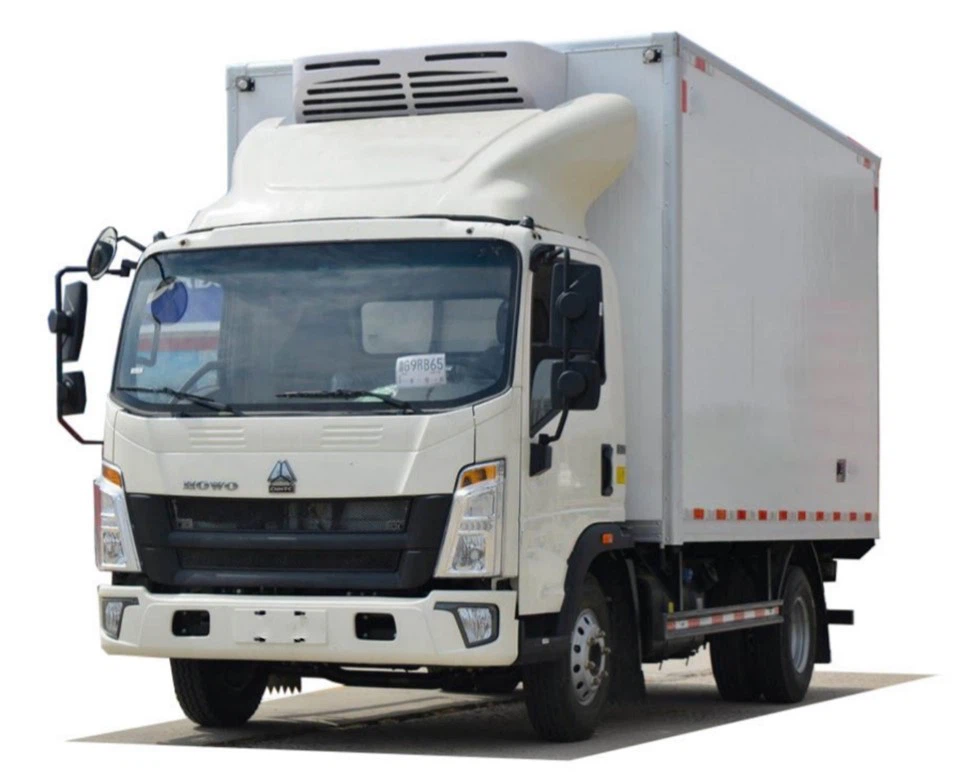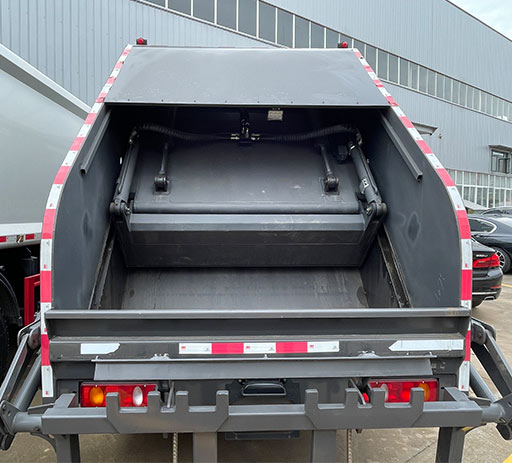What is an Extended Cab? Understanding the Features and Benefits

Introduction
An extended cab is a popular pickup truck design that provides additional passenger space, making it a versatile choice for families, tradespeople, and outdoor enthusiasts alike. This article will explore what an extended cab is, the advantages it offers, its differences from other cab types, and practical considerations when choosing one. With the right information, you can make a more informed decision about whether an extended cab fits your needs.
What is an Extended Cab?
An extended cab is a type of pickup truck configuration typically featuring an additional row of seating behind the front seats. This design allows for greater passenger capacity while still maintaining a truck’s essential capabilities. Extended cabs are often marketed as offering a balance between the functionality of a full-size pickup and the comfort of a four-door SUV.
Key Features of an Extended Cab
- Seating Capacity: Most extended cabs can comfortably seat four to five passengers, making them ideal for families or groups.
- Storage Space: They often feature rear storage compartments for tools, equipment, or personal items, enhancing their utility.
- Versatility: Extended cabs are suitable for various uses, from daily commuting to heavy-duty work.
- Design: They typically have two full-size front doors and two smaller rear doors, allowing for easier access to the rear seating area.
Differences Between Extended Cabs and Other Cab Types
Understanding the differences between cab types can help potential buyers make informed choices. Here are comparisons with two other common cab styles: regular cabs and crew cabs.
Regular Cab
A regular cab features only one row of seating, usually accommodating two or three people. This cab type offers the most cargo space in the bed of the truck but lacks rear passenger seating, focusing more on utility than passenger comfort.

Crew Cab
A crew cab, on the other hand, is designed for maximum passenger space. It typically features four full-size doors and two rows of seating, allowing it to accommodate five to six people comfortably. While a crew cab offers more passenger space than an extended cab, it generally has less cargo room, as the extended cab has a longer bed option.
Comparison Table: Cab Types
| Cab Type | Seating Capacity | Cab Length | Bed Length |
|---|---|---|---|
| Regular Cab | 2-3 | Short to standard | Longer bed options available |
| Extended Cab | 4-5 | Standard | Standard to shorter bed options |
| Crew Cab | 5-6 | Longer | Shorter bed options |
Advantages of an Extended Cab
An extended cab comes with numerous advantages, making it an appealing option for many truck buyers.
Increased Passenger Space
With available seating for up to five passengers, extended cabs are perfect for families or friends who need to travel together without sacrificing cargo space.
Enhanced Utility
By combining passenger capacity with robust cargo abilities, extended cabs are ideal for tradespeople who need to transport crew while hauling tools or materials.
Comfort and Accessibility
The two rear doors provide easier access to the back seats than regular cabs, making it more convenient for passengers to enter and exit the vehicle.
Practical Examples of Extended Cabs in Use
Let’s look at scenarios where an extended cab might be the preferred choice.
Family Transportation

An extended cab can serve as a family vehicle, allowing room for children, their gear, and groceries while still providing the utility of a truck for errands or weekend outings.
Work Applications
Construction workers can utilize extended cabs for transporting team members while carrying tools and equipment without the need for an additional vehicle.
Outdoor Recreation
For outdoor enthusiasts, extended cabs provide enough space for passengers and their camping gear, making them suitable for adventures and road trips.
Selecting the Right Extended Cab for Your Needs
Choosing the right extended cab involves considering various factors based on your personal needs and preferences.

Size and Configuration
Assess the size of the bed and overall truck dimensions. Larger beds are excellent for towing and carrying more weight, while smaller beds may provide better maneuverability in tight spaces.
Engine and Performance Options
Consider the engine type and horsepower based on the intended use. Higher towing capacities are essential for those regularly hauling heavy loads.
Comfort Features
Look for features that enhance passenger comfort, such as good climate control, sound systems, and seating arrangements.
Budget Considerations
Prices can vary widely among brands and models. Determining a budget beforehand can help streamline selection.
Maintenance and Care for Extended Cabs
Proper maintenance is crucial to ensure the longevity and performance of your extended cab.
Regular Inspections
Conduct routine inspections of the engine, brakes, and exhaust systems. Early detection of issues can prevent costly repairs down the line.
Cleaning the Interior and Exterior
Regular cleaning of both the interior and exterior can help maintain the appearance and resale value of the truck.
Fluid Checks and Changes
Ensure that essential fluids are kept at appropriate levels—this includes oil, coolant, transmission fluid, and brake fluid. Regular changes help in maintaining smooth operations.
FAQ about Extended Cabs
1. How many passengers can fit in an extended cab?
Typically, an extended cab can seat four to five passengers comfortably. Most models feature two front seats and two rear seating positions.
2. Are extended cabs available in all truck brands?
Most major truck manufacturers offer extended cab configurations across their models, including Ford, Chevrolet, GMC, Ram, and Toyota.
3. How does an extended cab affect towing capacity?
The towing capacity is primarily determined by the engine and frame construction rather than the cab type. However, adding passenger weight may slightly reduce the maximum towing capacity.
4. Emission regulations impact extended cabs?
Yes, emissions regulations can affect certain extended cab models, particularly in areas with stricter environmental laws. It’s best to check local regulations when purchasing.
5. What are the safety ratings for extended cabs?
Safety ratings can vary by model. It’s important to consult resources like the National Highway Traffic Safety Administration (NHTSA) or the Insurance Institute for Highway Safety (IIHS) for detailed safety ratings.
6. Can I customize my extended cab?
Yes, many manufacturers offer various customization options, including accessories, color choices, and interior upgrades to suit personal preferences.
